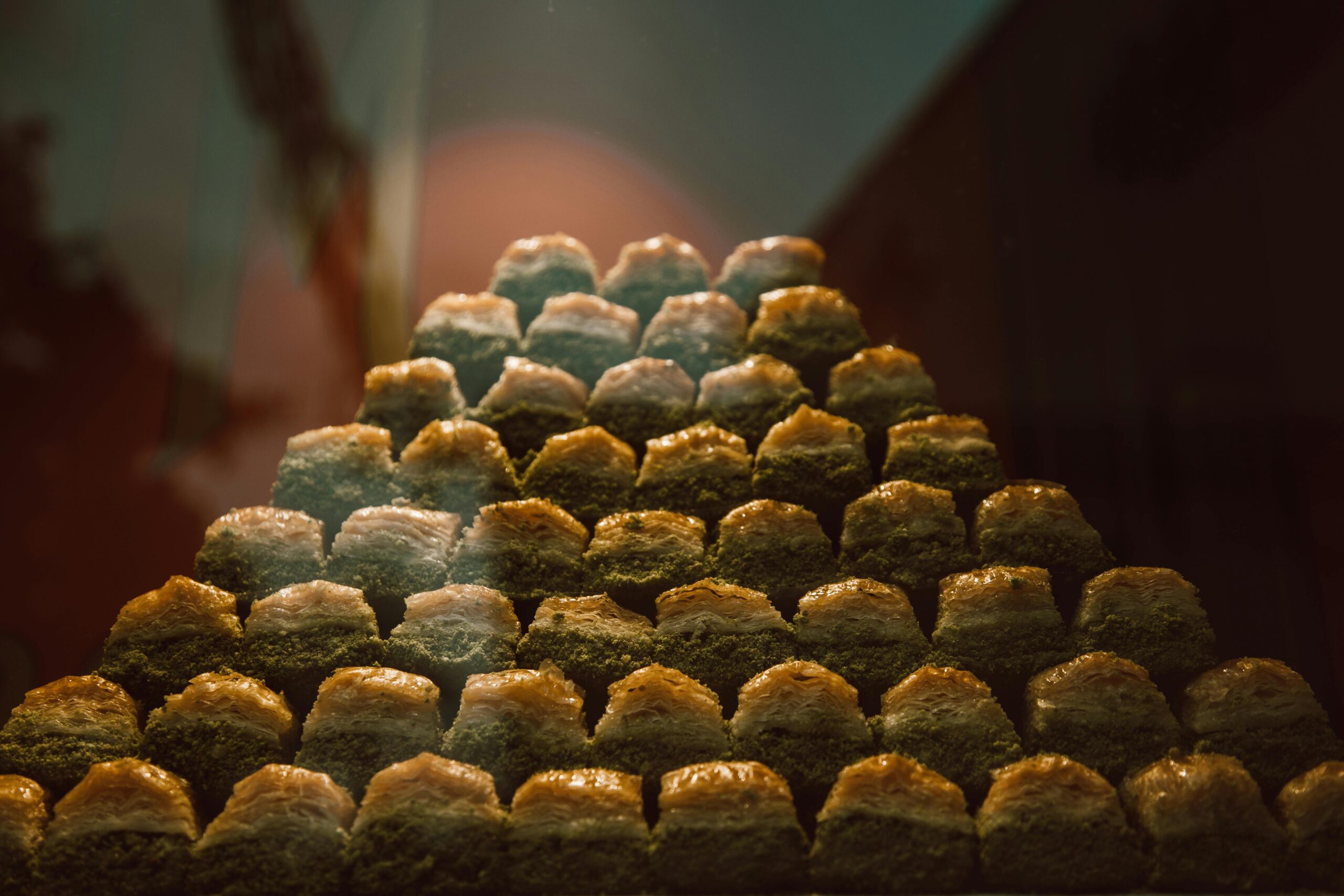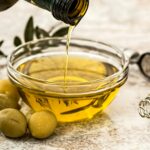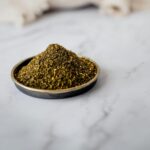Baklava is a beloved dessert known for its flaky layers of pastry, sweet syrup, and crunchy nuts. Originating from the Middle East and the Mediterranean, it has become a symbol of indulgence and tradition across many cultures.
What Makes Baklava Special?
Baklava’s unique appeal lies in its intricate layers. Made with phyllo dough, each sheet is brushed with butter and stacked to create a delicate, crispy texture. Between these layers, a filling of finely chopped nuts—typically pistachios, walnuts, or almonds—is added. Once baked, the dessert is soaked in a sweet syrup made from honey, sugar, and sometimes rose water or orange blossom for added flavor.
Regional Varieties
Different regions have their own versions of baklava:
- Turkish Baklava often uses pistachios and a light syrup.
- Greek Baklava is typically made with walnuts and flavored with honey.
- Middle Eastern Baklava may include spices like cinnamon or cloves.
Despite these variations, the core elements of thin dough, nuts, and syrup remain constant.
Conclusion
Baklava is more than just a dessert—it’s a celebration of texture, flavor, and tradition. Whether served during holidays or enjoyed as a sweet treat after a meal, its timeless appeal continues to captivate taste buds around the world.




